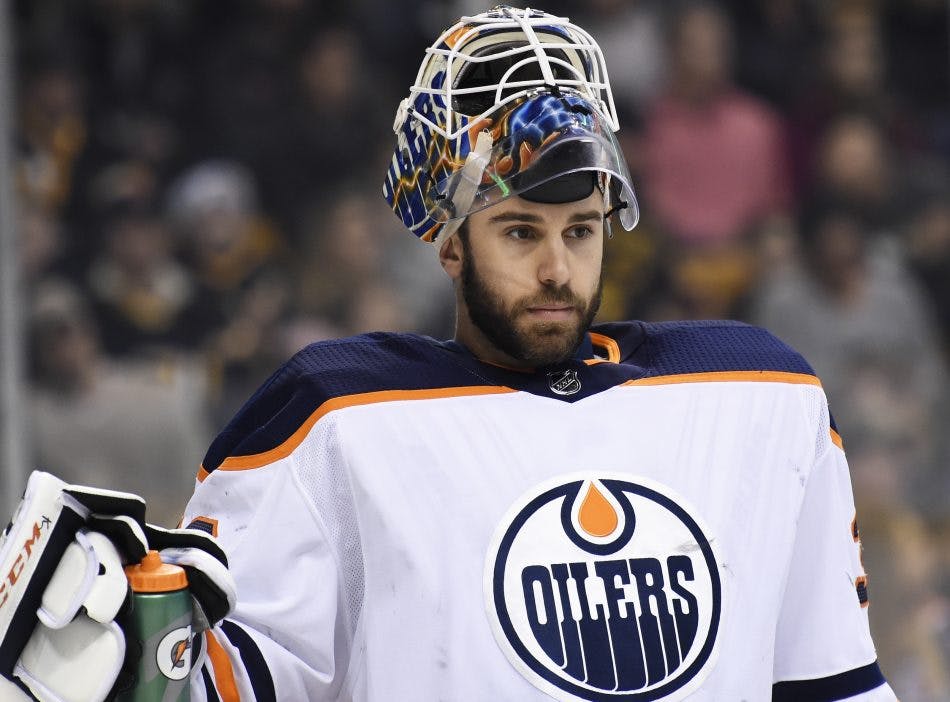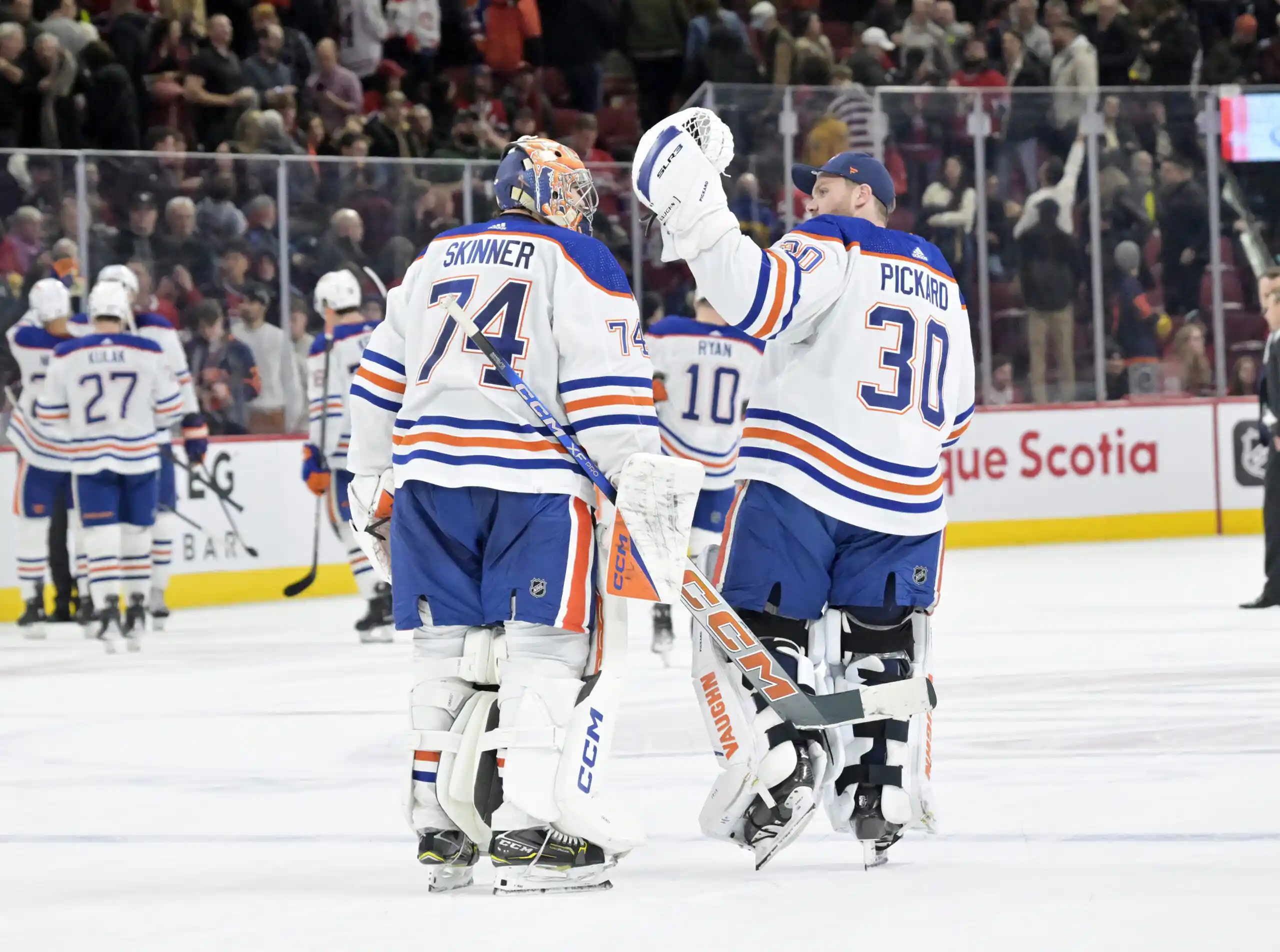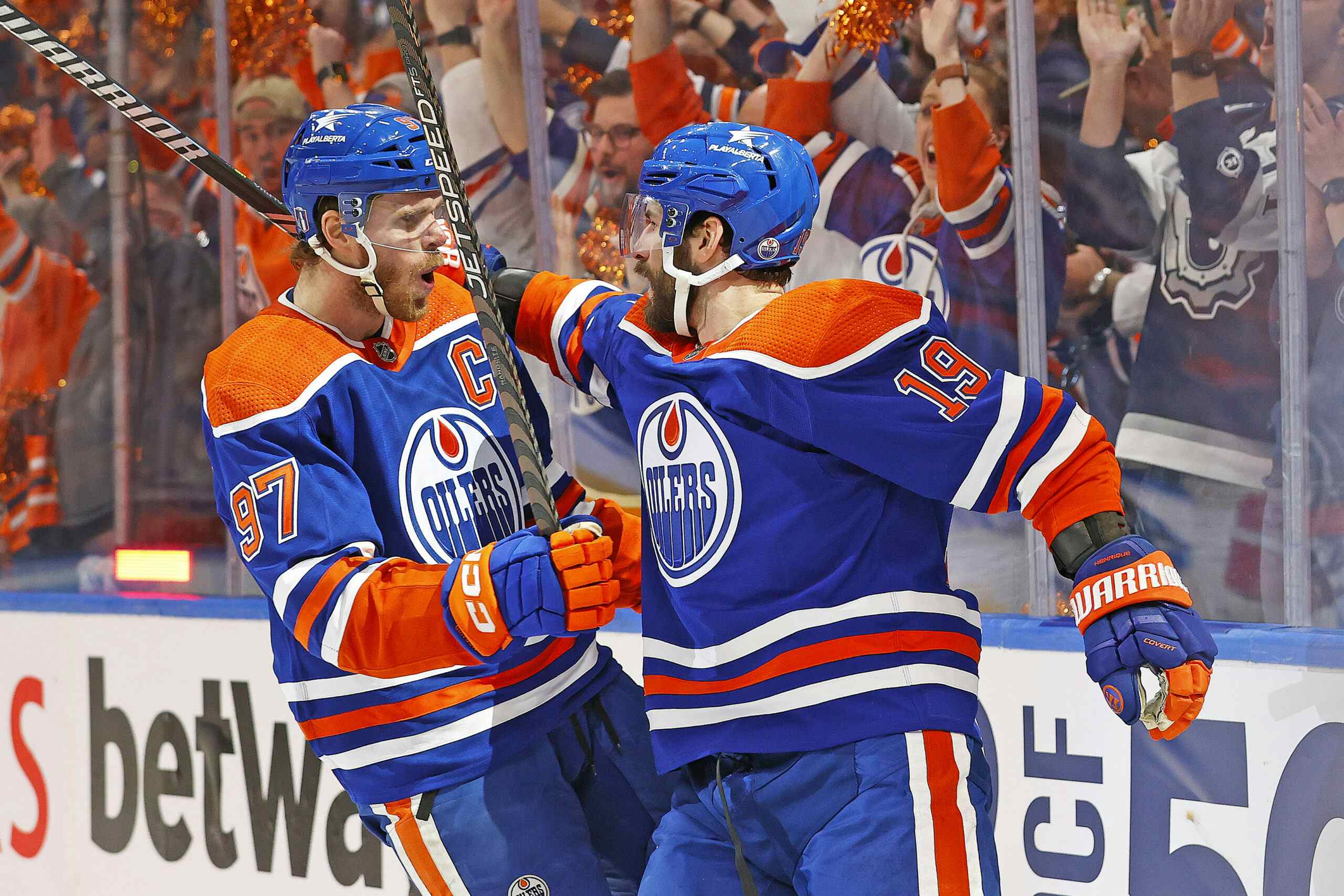In Depth on Cam Talbot

The Oilers inability to keep pucks out of their net was one of the biggest reasons for their collapse last season. There are plenty of people within the organization who need bounce-back seasons in 2018-19, and Cam Talbot is right at the top of that list.
His last two seasons in orange and blue have produced vastly different results. We all know it, we’ve all witnessed it. Talbot shoulders plenty of the blame but the group in front of him should shoulder just as much.
Side note: if you comment on this article with some BS about “Oh, the twins are causing him to lose sleep”, just stop. The twins were born in October 2016, which was the beginning of the best season of his career. Also, lot’s of athletes have kids. That is a TERRIBLE narrative, so everyone should just drop it.
Back to my point, I have a tough time figuring out how much blame to put on Talbot and how much blame to put on the group in front of him for last years disaster. Also, with three seasons as a starting goalie and three very different results, is it realistic to expect that Talbot can be an elite goalie in 2018-19? I decided to look at some numbers.
Here are his differing save percentages at even strength over the past two seasons:
(via Corsica)
| Low Danger SV% | Medium Danger SV% | High Danger SV% | Overall SV% | |
| 2016-17 | 0.979 | 0.946 | 0.803 | 0.927 |
| 2017-18 | 0.982 | 0.905 | 0.799 | 0.916 |
For those of you who are more visual learners, I found these great charts from the fine folks at IcyData:
First, here are his shots faced and goals against from 2016-17:


And here is the same visual for 2017-18


The area that was the most troubling to me was the area right behind the net. If you watched all 82 Oilers games, then you know that Talbot gave up a staggeringly high amount of goals from poor angles.
The fact it wasn’t a problem in his first two seasons with the team is encouraging to me. I would also imagine it was something that he worked very hard to correct over the offseason.
Those numbers all pertain to Talbot and his ability to stop pucks. I also looked into some numbers that show what kind of shots the Oilers surrendered.
The past two seasons when the Oilers were playing at even strength:
| Goals Against Per 60 | Corsi Against Per 60 | Shots Against Per 60 | |
| 2016-17 | 2.12 | 54.60 | 28.61 |
| 2017-18 | 2.65 | 58.22 | 31.71 |
As a team, their ability to control the possession got worse, and it resulted in them giving up more shots per game. Take these numbers and combine them with the above images that showed in 2017-18, they gave up more shots from high danger areas like in front of and beside the net. There’s no doubt that Talbot struggled in 2017-18, but the defense in front of him was not as strong as it was in 2016-17
Another area that was a major concern was the penalty kill. In the first half of the season both the team and Talbot were awful but in the second half, they were one of the best groups in the league.
PK% in first 41 games of 2017-18: 70.5% (31st).
PK% in final 41 games of 2017-18: 83.8% (3rd).
When you look at the season as a whole, these are the numbers I found interesting, and I compared them to 2016-17 when the Oilers finished 17th in the league with a PK% of 80.7%.
| Total Minutes | Shots Against/60 | Goals Against | Talbots Save% | |
| 2016-17 | 371 | 53.41 | 42 | 0.872 |
| 2017-18 | 400 | 49.94 | 57 | 0.845 |
They gave up fewer shots, played more minutes, and gave up 15 more goals over the course of the season. So who was at fault?
Here are the types of shots that Talbot faced while on the penalty kill:
| Total Shots Faced | Low Danger Shots | Medium Danger Shots | High Danger Shots | |
| 2016-17 | 259 | 22 | 128 | 109 |
| 2017-18 | 297 | 28 | 160 | 109 |
Here is how Talbot responded to those shots:
| Low Danger Save % | Medium Danger Save % | High Danger Save % | |
| 2016-17 | 0.909 | 0.921 | 0.825 |
| 2017-18 | 0.908 | 0.893 | 0.743 |
So in 2017-18, the Oilers allowed 38 more shots in 29 more minutes when compared to 2016-17. They did do a better job of limiting high danger chances, but they gave up nine more high danger goals. That’s on Talbot to me.
I know the Oilers penalty kill was tough to watch, but you can’t ignore the fact that Talbot was a huge problem. The good news for Oilers fans is that we’ve seen him post really good numbers in previous seasons, so there is a reason to expect a bounce-back.
I know I threw out a lot of numbers in this piece, but I’ll conclude it with this: Cam Talbot needs the Oilers defense to be better, and if it is, then he’ll have a much stronger season in 2018-19. There’s no denying that Talbot had more than his fair share of poor games, but the team needs to be better at limiting ‘grade A’ chances. The Oilers penalty kill also needs Cam Talbot to be better, and I expect that he will be.
Recent articles from Tyler Yaremchuk





